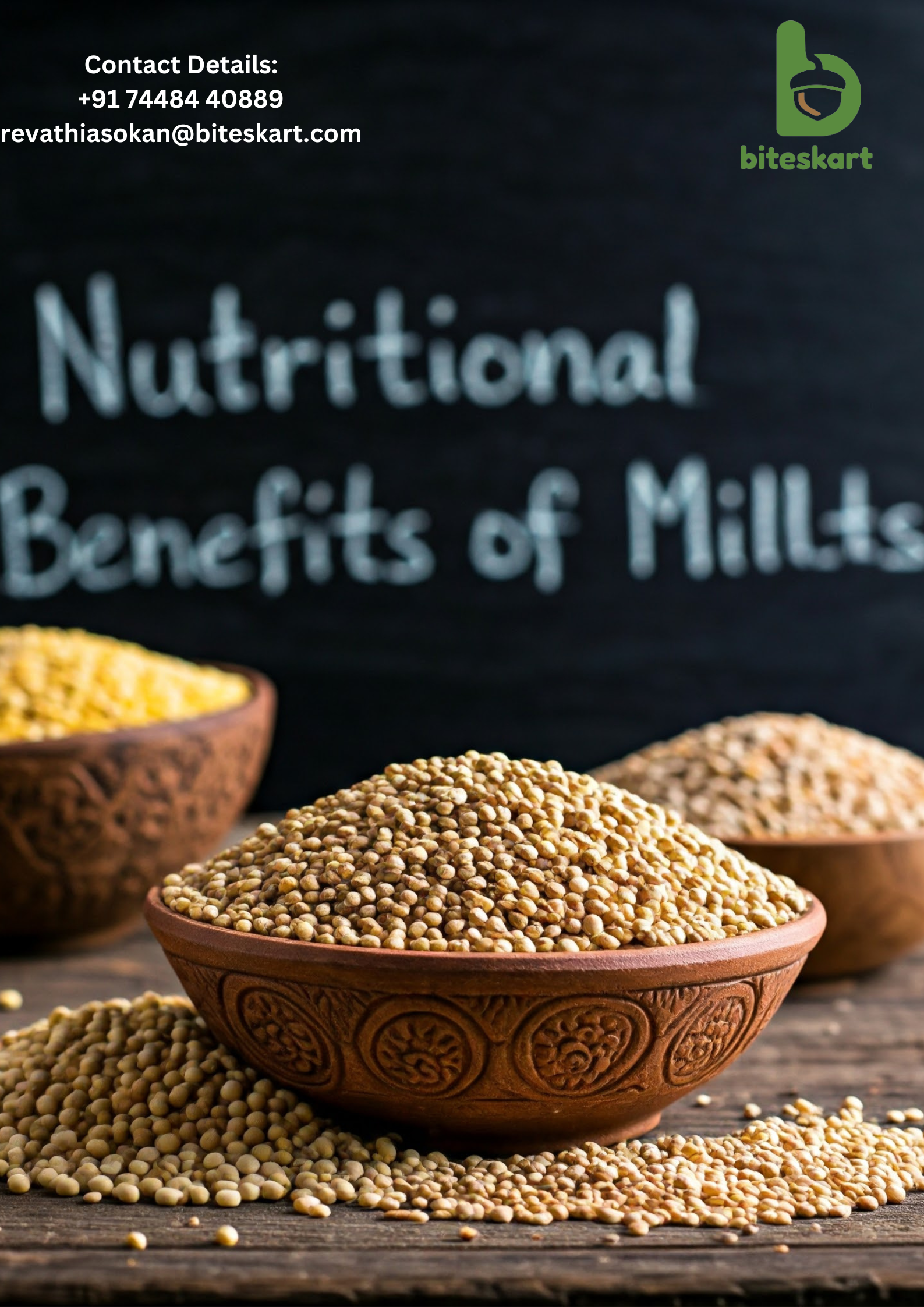Subtotal: ₹458.00
Diabetes is one of the most common chronic conditions worldwide, affecting millions of people. It’s a disease that affects how your body processes blood sugar (glucose). While managing diabetes involves medication and lifestyle changes, one of the most important factors in controlling blood sugar is diet.
Choosing the right foods can make all the difference, and millet is emerging as a highly beneficial grain for those managing diabetes. Let’s dive into how millet can be a game-changer in blood sugar management.
Millets are not only easy to digest but are also packed with essential nutrients, making them a great addition to any diet. They can be used in a variety of dishes such as porridge, upma, salads, and even baked goods.
Nutritional Profile of Millet
Millet stands out as a powerhouse of nutrition. Here’s why:
High in Fiber: Millets are rich in dietary fiber, which helps slow down digestion and prevent blood sugar spikes.
Low Glycemic Index (GI): Millets have a low glycemic index, meaning they release sugar into the bloodstream more slowly, preventing sudden surges in blood glucose levels.
Rich in Minerals: Millets are a good source of important minerals like magnesium, potassium, and iron. Magnesium, in particular, plays a critical role in insulin sensitivity.
Protein-Rich: Millets are a great source of plant-based protein, which helps in controlling hunger and maintaining a healthy weight.
Antioxidants: Millets contain antioxidants, which can help reduce oxidative stress and inflammation, both of which are linked to diabetes complications.
Several studies have highlighted the benefits of millet in managing diabetes. Research has shown that the low GI of millet can help control blood sugar, while its high fiber content improves insulin sensitivity. In addition, studies have found that millet consumption may reduce the risk of developing type 2 diabetes in the first place.
One study published in the Journal of Food Science and Technology found that people who included millet in their diet had better blood glucose levels compared to those who consumed more refined grains.
Another study showed that the magnesium in millet could improve insulin function and reduce the risk of diabetes complications.
Millet is a nutritious, diabetes-friendly grain that can play a crucial role in managing blood sugar levels. Its low glycemic index, high fiber content, and magnesium-rich profile make it an excellent food choice for people with both type 1 and type 2 diabetes.
By adding millet to your meals, you can support better blood sugar control, improve insulin sensitivity, and reduce the risk of complications associated with diabetes.
Ready to make millet a part of your healthy eating plan? Explore our range of millet-based products, perfect for anyone looking to manage diabetes or improve their overall health.
Start incorporating millet into your diet today and experience the benefits for yourself!



